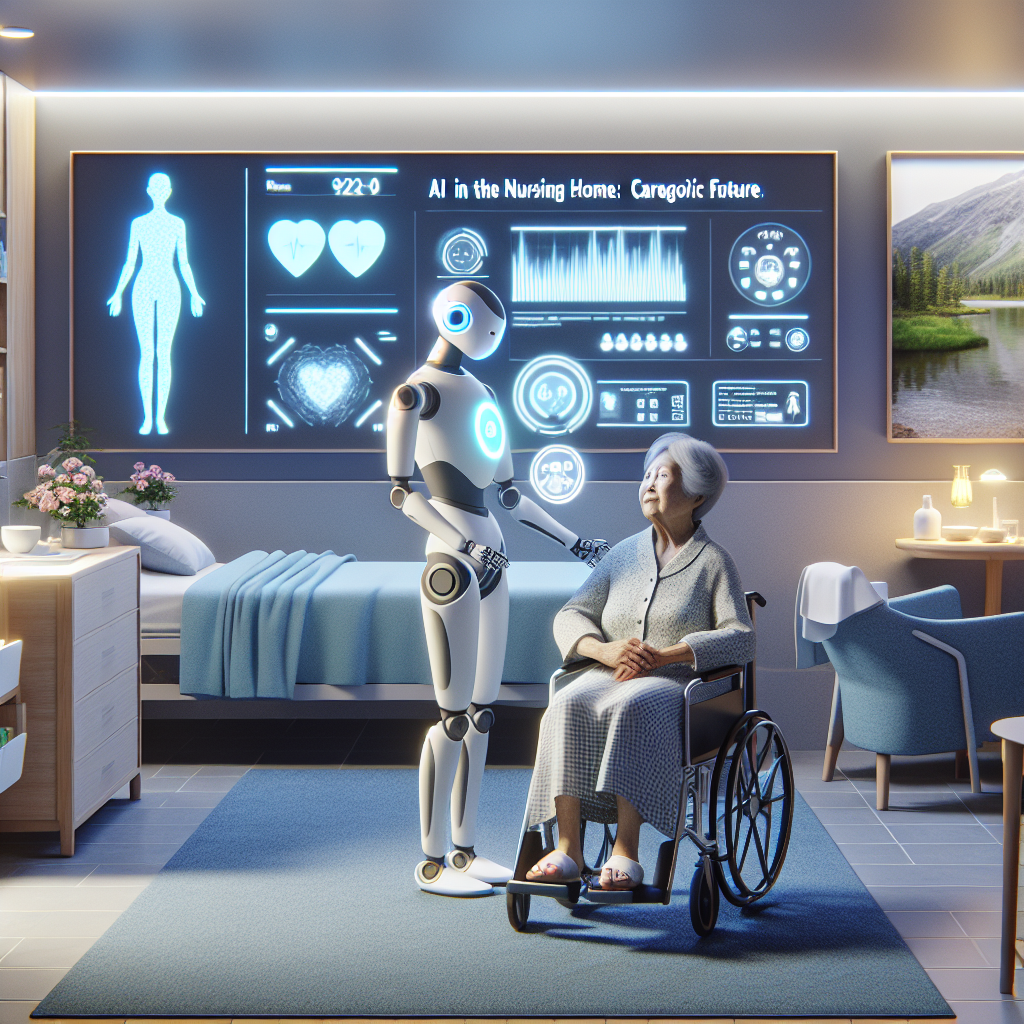New York, NY—In the rapidly evolving landscape of healthcare, a revolutionary change is upon the horizon for nursing homes across the country, as artificial intelligence (AI) and robotics begin to play a crucial role in caregiving. Amid rising costs and a chronic shortage of care professionals, many are looking towards these technological advancements as a beacon of hope and innovation.
The integration of AI into the nursing home environment promises a future where robots could assist in tasks ranging from medication management to providing companionship to residents, potentially reshaping the caregiving paradigm. One significant statistic that underlines the urgency of this evolution comes from a study by the American Health Care Association, which reported a staggering 94% of nursing homes facing staffing shortages.
With robots capable of conducting routine check-ups, monitoring patient health in real-time, and even assisting with physical therapy, the potential for improving the quality of life for elderly residents is immense. Developers are emphasizing the creation of machines that are not only functional but also empathetic and socially engaging, striving to fill the void of human touch with advanced AI that can simulate conversation and respond to human emotions.
A leading figure in the technology’s adoption, Dr. Jennifer Smith, a gerontologist, and advocate for AI in care, highlights its transformative potential: “AI and robots are not here to replace our caregivers but to augment and support the incredible work they do. This technology can take over repetitive tasks, allowing human staff more time to focus on the complex emotional needs of our seniors.”
However, this ambitious melding of technology and human care does not come without its challenges. Ethical concerns, privacy issues, and the need for comprehensive staff training are among the hurdles that must be navigated as this technology is integrated into sensitive caregiving settings. Moreover, the cost of implementing such advanced tech solutions poses a significant barrier for many facilities, though proponents argue that the long-term benefits, including potential cost savings and improved patient outcomes, justify the initial investment.
As the debate over AI and robotics in nursing homes continues, what remains clear is that the landscape of elderly care is on the cusp of a profound transformation. With the potential to provide more personalized, attentive care and alleviate the burden on human staff, the future of caregiving looks not only robotic but remarkably brighter.


